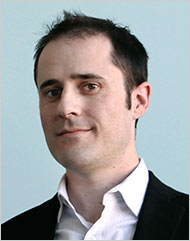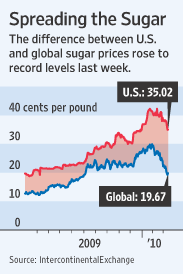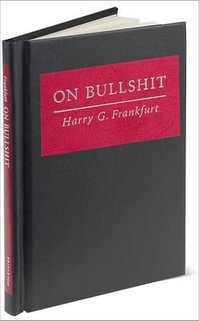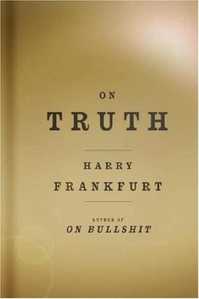Professor Ohanian is a UCLA economist well-known for his research on the Great Depression. Below I quote a few of his recent observations (with co-author Cooley):
(p. A17) In 1937, after several years of partial recovery from the Great Depression, the U.S. economy fell into a sharp recession. The episode has become a lightning rod in the ongoing debate about whether the economy needs further increases in government spending to keep employment from declining even more.
. . .
The economy did not tank in 1937 because government spending declined. Increases in tax rates, particularly capital income tax rates, and the expansion of unions, were most likely responsible. Unfortunately, these same factors pose a similar threat today.
. . .
. . . in 1936, the Roosevelt administration pushed through a tax on corporate profits that were not distributed to shareholders. The sliding scale tax began at 7% if a company retained 1% of its net income, and went to 27% if a company retained 70% of net income. This tax significantly raised the cost of investment, as most investment is financed with a corporation’s own retained earnings.
The tax rate on dividends also rose to 15.98% in 1932 from 10.14% in 1929, and then doubled again by 1936. Research conducted last year by Ellen McGratten of the Federal Reserve Bank of Minneapolis suggests that these increases in capital income taxation can account for much of the 26% decline in business fixed investment that occurred in 1937-1938.
For the full commentary, see:
THOMAS F. COOLEY AND LEE E. OHANIAN. “Gates and Buffett Take the Pledge; Wealthy businessmen often feel obligated to ‘give back.’ Who says they’ve taken anything?” The Wall Street Journal (Fri., AUGUST 20, 2010): A15.
(Note: ellipses added.)
That McGratten paper is:
McGrattan, Ellen R. “Capital Taxation During the U.S. Great Depression.” Working Paper 670, Federal Reserve Bank of Minneapolis, April 2009.








